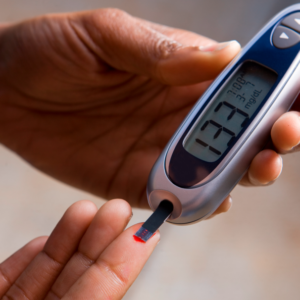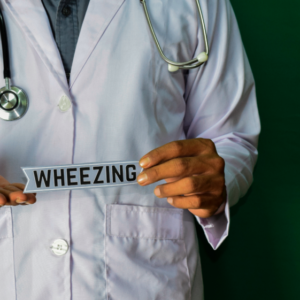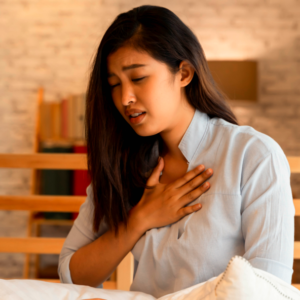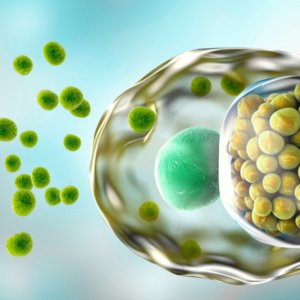What Are The Symptoms of COPD?
Commonly known as COPD, chronic obstructive pulmonary disease refers to a group of progressive diseases of the lung. It usually includes a combination of emphysema, chronic obstructive asthma, and chronic bronchitis. All of these diseases obstruct the airflow from the lungs.

According to the COPD Foundation, almost 30 million Americans have COPD and half of them aren’t even aware that they have it. Emphysema and chronic bronchitis are the most common contributors to COPD. They usually occur together and vary in severity from person to person.
Irritating gases, cigarette smoke, and particulate matter can severely damage your airways. Chronic bronchitis is characterized by excessive mucus production and cough, whereas emphysema is a condition that causes the entrapment of air in the alveoli.
Although COPD gets worse with every passing day, early diagnosis and proper management can help control the symptoms. In this article, we will go through the different signs and symptoms of COPD. We will also discuss when it’s time to contact your doctor.
Signs & Symptoms of COPD
COPD makes breathing difficult. It begins with intermittent coughing and tightness in the chest. Over time, these symptoms become more severe, and breathing becomes more challenging. You may also experience shortness of breath.
Here are three key symptoms of COPD that can be observed in almost every patient.
- Shortness of breath
- Daily cough
- Excess sputum production
If you experience a combination of these symptoms, you should contact your healthcare provider right away. Below is a detailed account of the gradual appearance of different symptoms along the course of the disease.
Early Symptoms
At an early stage of the disease, symptoms of COPD are often mistaken for a cold. These mild symptoms include:
- Occasional shortness of breath, usually after physical activity
- Coughing up thick mucus all the time
- A mild but ongoing cough
You may feel reluctant to engage in physical exercise and start avoiding any activity that requires energy.
Worsening Symptoms
As the disease progresses, the symptoms become more severe. Your lungs keep getting damaged, and your blood doesn’t get fully oxygenated. When poorly oxygenated blood reaches your body cells, they fail to function normally. That is why you experience a lack of energy.
Other worsening symptoms of COPD include:
- Frequent respiratory infections
- A chronic cough with colored mucus
- Shortness of breath even during mild physical activity
- Chest tightness and wheezing, especially when exhaling air
- Frequent colds and flu
In the later stages of the disease, you may also experience the following.
- Swelling in legs, ankles, and feet
- Sudden weight loss
- Fatigue
Furthermore, some patients with COPD may experience exacerbations which are flare-ups of the symptoms mentioned above. These exacerbations may last for several days.
When To Contact Your Doctor
Treatment for COPD is highly effective at the early stages of the disease. If you experience any of these symptoms, you should consult with your doctor and get a treatment plan. Seek immediate medical care if you experience sudden shortness of breath, blueness of your lips and fingernails, rapid heartbeat, and inability to focus or concentrate.








